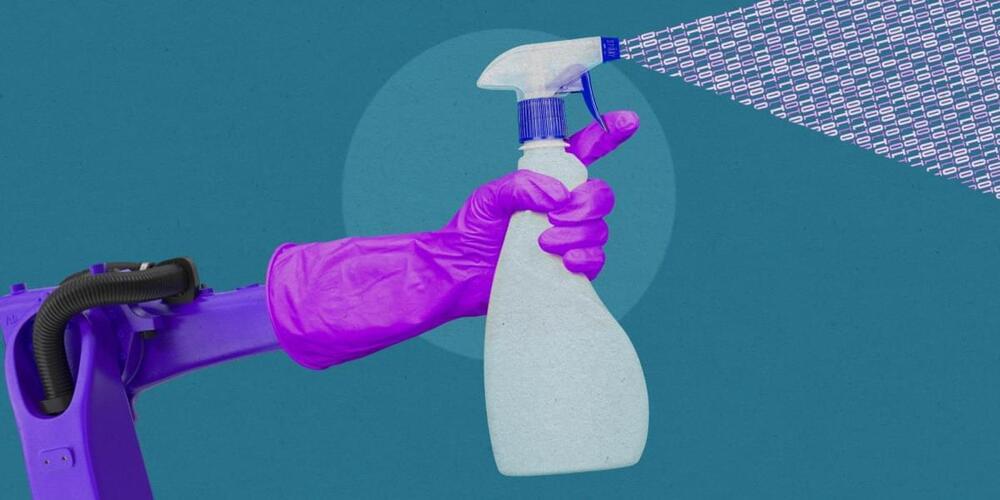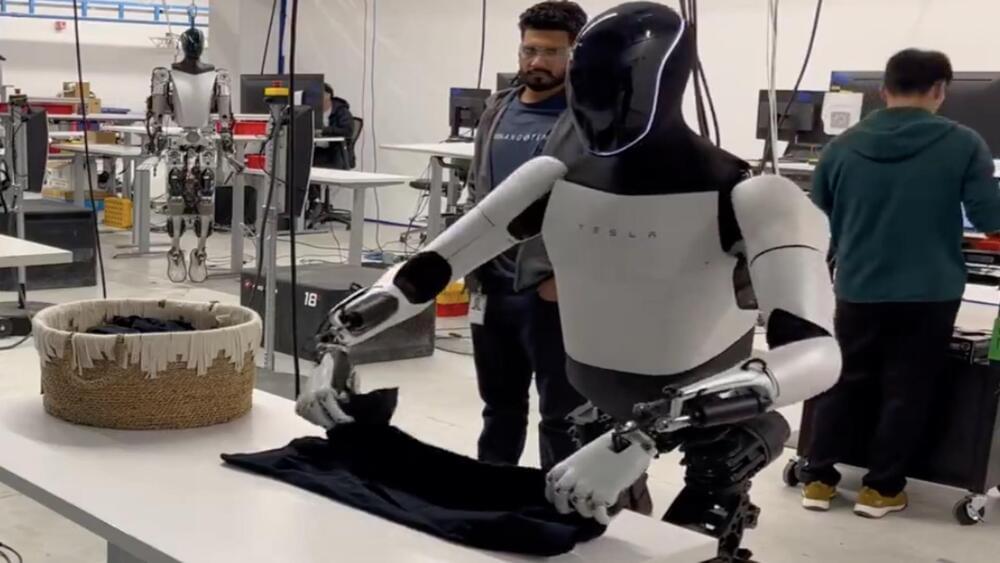In Neuromorphic Computing Part 2, we dive deeper into mapping neuromorphic concepts into chips built from silicon. With the state of modern neuroscience and chip design, the tools the industry is working with we’re working with are simply too different from biology. Mike Davies, Senior Principal Engineer and Director of Intel’s Neuromorphic Computing Lab, explains the process and challenge of creating a chip that can replicate some of the form and functions in biological neural networks.
Mike’s leadership in this specialized field allows him to share the latest insights from the promising future in neuromorphic computing here at Intel. Let’s explore nature’s circuit design of over a billion years of evolution and today’s CMOS semiconductor manufacturing technology supporting incredible computing efficiency, speed and intelligence.
Architecture All Access Season 2 is a master class technology series, featuring Senior Intel Technical Leaders taking an educational approach in explaining the historical impact and future innovations in their technical domains. Here at Intel, our mission is to create world-changing technology that improves the life of every person on earth. If you would like to learn more about AI, Wi-Fi, Ethernet and Neuromorphic Computing, subscribe and hit the bell to get instant notifications of new episodes.
Jump to Chapters:
0:00 Welcome to Neuromorphic Computing.
0:30 How to architect a chip that behaves like a brain.
1:29 Advantages of CMOS semiconductor manufacturing technology.
2:18 Objectives in our design toolbox.
2:36 Sparse distributed asynchronous communication.
4:51 Reaching the level of efficiency and density of the brain.
6:34 Loihi 2 a fully digital chip implemented in a standard CMOS process.
6:57 Asynchronous vs Synchronous.
7:54 Function of the core’s memory.
8:13 Spikes and Table Lookups.
9:24 Loihi learning process.
9:45 Learning rules, input and the network.
10:12 The challenge of architecture and programming today.
10:45 Recent publications to read.
Architecture all access season 2 playlist — • architecture all access season 2
Intel Wireless Technology — https://intel.com/wireless.





